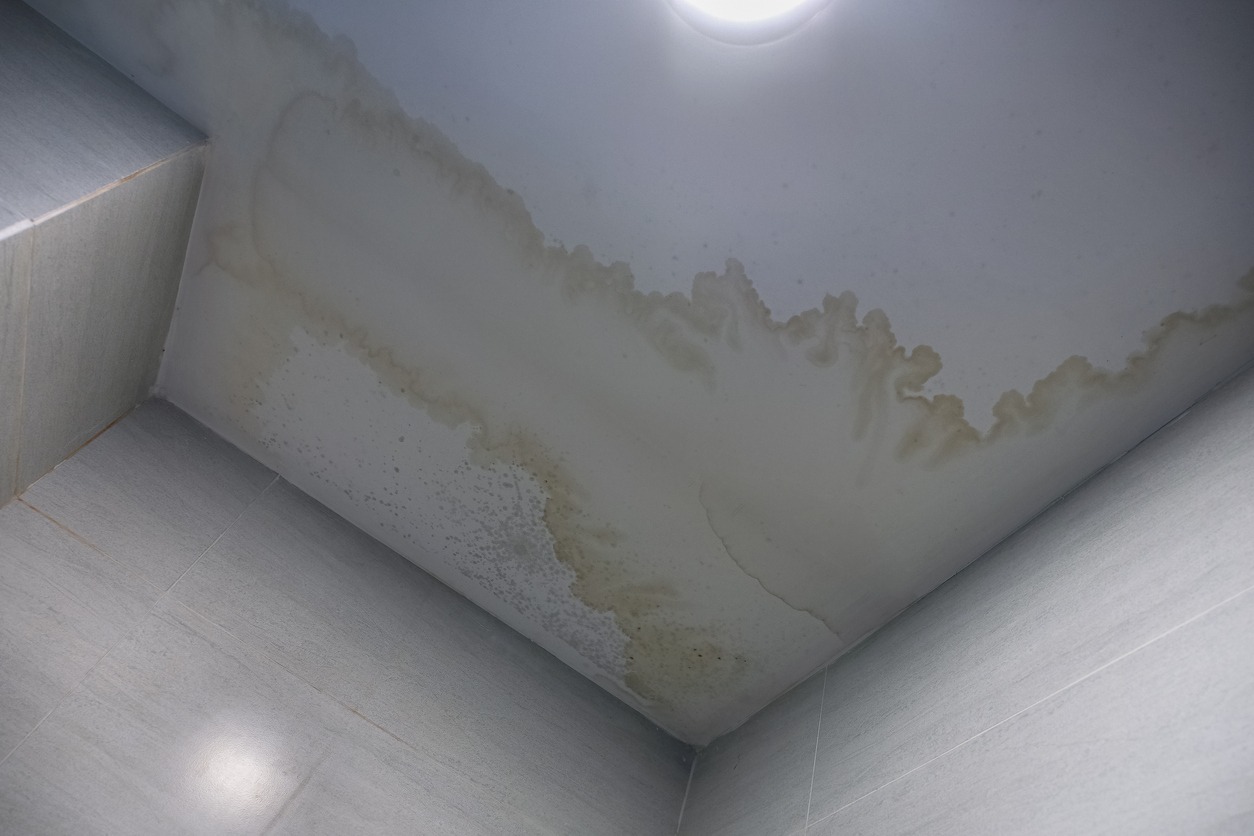Sometimes we can be sitting down to relax or pottering around the home carrying out our chores when we are caught off guard by the sound of dripping. There are natural reasons you might hear dripping – you’re just out the shower and the showerhead is dripping from any leftover moisture or it’s raining outside and the noise is from the excess moisture dripping off your roof onto the ground. However, if it’s a dry day and the shower hasn’t been used, that dripping sound could be an indication of a hidden issue that quickly needs rectifying. Fortunately, most people nowadays are already becoming proactive and prefer getting insurance to pay for a roof replacement.
Checking for a Leak
Leaks can spring up for a number of reasons; old, unmaintained pipes can split and crack and after extreme degrees of weather (particularly freezing temperatures) water in unlagged (non-insulated) pipes can freeze and expand, cracking the pipe and causing a leak once the water defrosts. Make sure to regularly have the plumbing checked over, especially if you’ve just moved into a property that hasn’t seen maintenance for some time. Ensure any pipes that lead to the outside or are in areas that don’t regularly receive warmth (such as your attic and basement) are fully lagged with a jacket that prevents freezing when the temperatures drop.
One of the first things you should do when moving into any property, temporarily or full-time, rented or bought, is identifying where the stop-cock is. The stop-cock is your on/off switch for your water supply and if the worst happens and you suffer a broken pipe or a consistent leak that can’t be repaired due to surrounding moisture, you can quickly and easily turn off the water and prevent further damage from flooding. The most common place for a stop-cock is under the kitchen sink but some properties may have this in a different place so it’s important to learn where as soon as possible.
Why Shouldn’t You Ignore the Sound of Dripping?
If leaks and moisture are allowed to go unmanaged, they can quickly cause a nuisance throughout your property, from damp to mould growth to nasty fungi that can begin to sprout up in your beautiful home. A common question asked is ‘what does damp look like’, and it can be tricky in certain applications to discern what is normal condensation from a damp problem that requires professional damp proofing experts. While condensation leaves moisture on surfaces (and is why you should also wipe down moist shower cubicles or walls after using the bathroom) damp penetrates into the walls, causing wallpaper and paint to peel, crack and flake and destroying skirting boards and flooring.
If left unchecked for a long time, damp can even begin to damage and destroy structures, wearing away porous bricks and causing wood beams to become saturated and spongey. Once the damage reaches this point, the repairs can be extremely expensive and will require rebuilds, in addition to removing the source of damp, to prevent future expenses.
Preventing Leaks in the First Place
The best way to protect your property against damp and excess moisture is to regularly carry out maintenance and checks around your home. Once a season you should investigate your roof for loose or broken tiles (calling on an expert if you aren’t comfortable working at height) and similarly for your pipes indoors and out including your guttering and downpipes. Check for cracks or breakages and ensure brackets that hold pipes do not require replacement. Make sure your guttering is cleaned out regularly and install some protective leaf guards to prevent regular blockages if you live in a property surrounded by trees.
Catching damage or potential weaknesses early can help protect your property before any damage gets out of control and costs you big.


